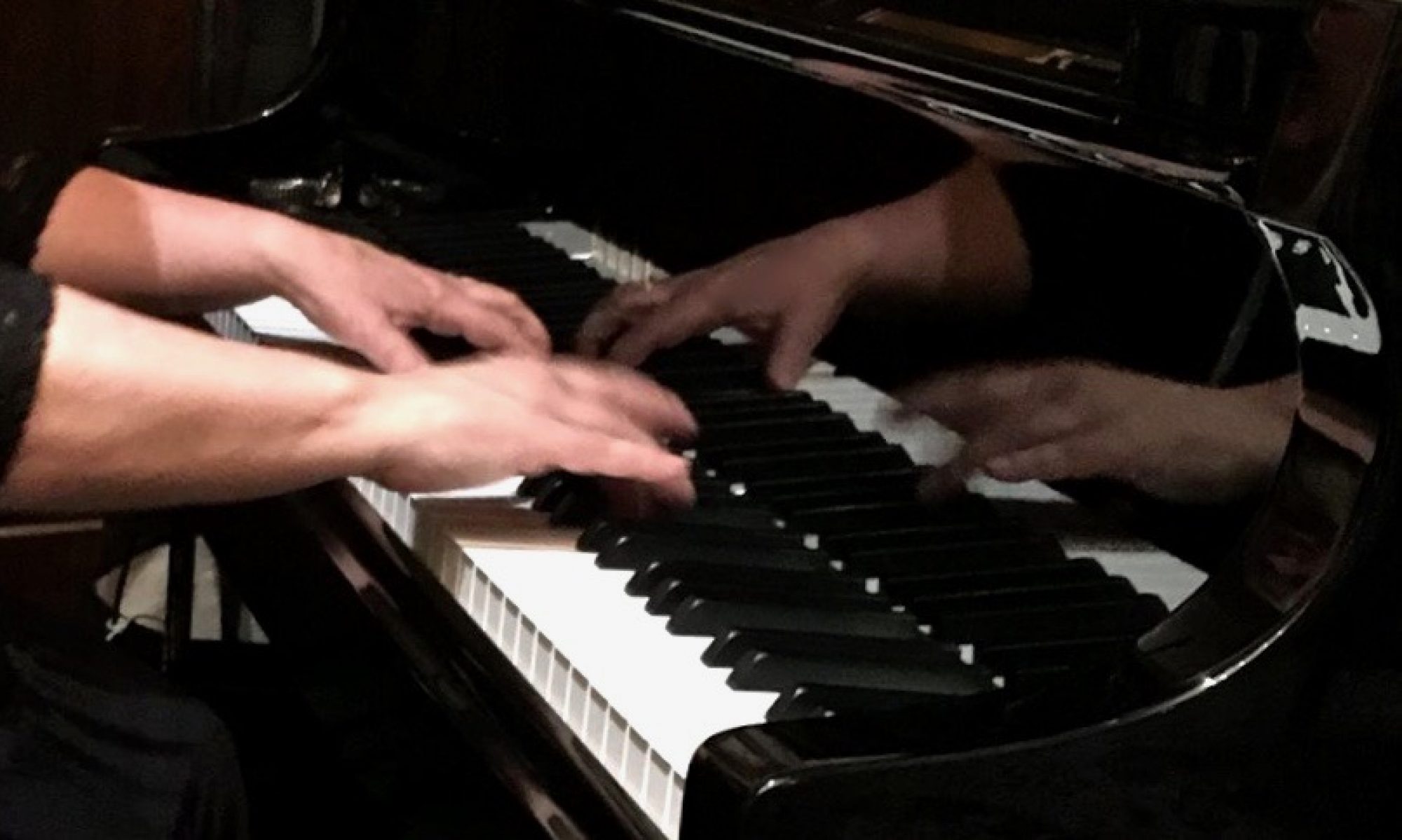The Broken 10th device most likely got introduced during a Nocturne by composer Frédéric Chopin. It’s a very rich sounding accompaniment for the pianist’s left hand, made with only the root, 5th, and 3rd of a chord. (If you take the 3rd out of the middle of a close position triad and transpose it up an octave it is now called the 10th.) Pianists with large enough hands may be able to play the 10th solidly as a chord, but those with smaller hands fear not – the video below shows 2 handed “cheating” ways to play walking 10ths, plus some lovely ways to break up 10th chords in a variety of rhythmic patterns. Continue reading “Arranging Tip for the Pianist’s Left Hand: Broken 10th & Variations”



